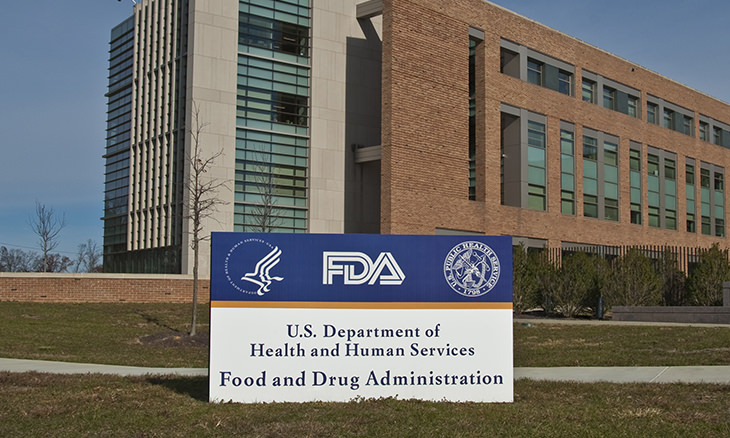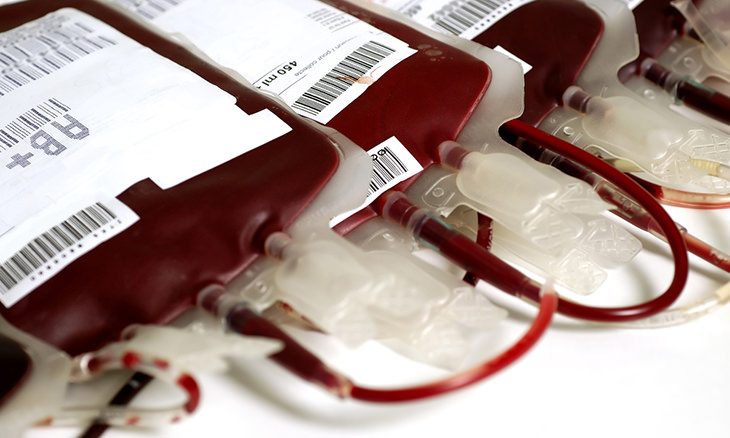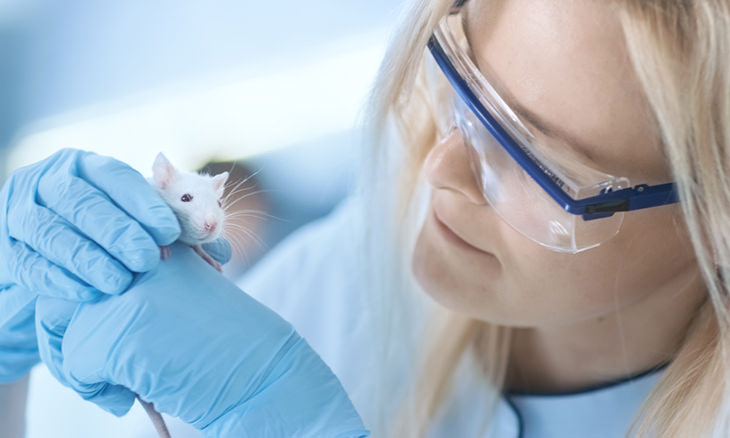
A startup company called Ambrosia Medical is charging clients $8,000 for a blood transfusion using the blood of much younger people. It will launch its first clinic in New York City at the end of this year.
The company, which was founded by Stanford University graduate Jesse Karmazin, recently completed its first clinical trial designed to assess the benefits of transfusions of young blood into older patients. The results have not yet been published, however, Karmazin himself has expressed his satisfaction at its findings.
Such a procedure is designed to help conquer aging by rejuvenating the body’s organs, and Ambrosia already has the green light to carry it out, because it is approved by the US Food and Drug Administration as an off-label treatment.

What’s more is that the company and its first clinic are generating significant interest, with roughly 100 inquiries about how to get the treatment and what it entails being made to date. In fact, there’s already a waiting list for the procedure.
"So many people were reaching out to us that we wanted to make a simple way for them to be added to the list," said David Cavalier, Ambrosia’s chief operating officer. Cavalier and Karmazin are currently scouting potential locations for their new clinic in New York City, with the aim of opening it by the end of the year.
Seeing as blood transfusions already have approval from federal regulators, there’s no need for Ambrosia to demonstrate that its treatment carries any significant benefits prior to being able to offer it to customers.

As part of its clinical trial, the company has already infused approximately 150 patients aged between 25 and 92 with the blood of young donors. Some 81 of these patients were actual participants in the clinical trial. Some 1.5 liters of donor plasma was given to each patient over the course of two days. The donor plasma was taken from donors aged 16 to 25.
Participants’ blood was tested for a handful of biomarkers both before and after the infusions. These biomarkers are measurable biological substances and processes that provide a snapshot of health and disease. Furthermore, participants in the clinical trial paid the $8,000 for the transfusion out of their own pockets.
"The trial was an investigational study. We saw some interesting things and we do plan to publish that data. And we want to begin to open clinics where the treatment will be made available," Cavalier added.

Karmazin also stated his belief that the trial showed the treatment to be very safe. "The safety profile was essentially perfect, or as good as plasma transfusions are," He said.
Although it’s evident that blood transfusions can be crucial in saving people’s lives, there isn’t much evidence to support the notion that they have the ability to fight aging. "There's just no clinical evidence [that the treatment will be beneficial], and you're basically abusing people's trust and the public excitement around this," Stanford University neuroscientist Tony Wyss-Coray, who led a 2014 study of young plasma in mice, recently told Science magazine.
Nevertheless, Karmazin retains his optimism for his idea in spite of the lack of scientific evidence (to date) for its benefits. He did state that many of the roughly 150 patients that received the treatment reported renewed focus, better memory and sleep, and improved appearance and muscle tone. With that being said, it’s difficult for the effects of the blood transfusions to be quantified prior to the clinical trial’s results being made public. There’s also the chance of a placebo effect having an influence on those results.

Karmazin’s inspiration for the treatment came from seeing several mouse studies that involved parabiosis. The technique is 150 years old and involves connecting the veins of two living animals. One of the technique’s pioneers in mice, Irina Conboy, said that she had seen some health benefits in the older mice she experimented on, however she pointed out that they were also reaping the benefits of being connected to the more vibrant internal organs and circulatory systems of the younger mice.
That meant that the researchers couldn’t determine for sure whether the positive effects on the mice’s health were down to younger blood alone. "The effects of young blood on old tissue seems to be rejuvenating; however, there is no concrete evidence that young blood is what is causing the change in results. It may very well be the dilution of old blood," said Ranveer Gathwala, a UC Berkeley stem-cell researcher in Conboy's lab.
In spite of the above, Karmazin remains hopeful that the benefits he witnessed in his clinical trial are actually due to the transfusions of young blood he’s performing.
Images by Deposit Photos.